Poison Ivy: Tri Leafing It Alone or Itch a Lot!
Poison Ivy: Tri Leafing It Alone or Itch a Lot!
By Bill Willis
July 5, 2017
Poison Ivy (Toxicodendron radicans) plants are easily the most abundant native woody vine on our campus. Ivy flourishes around the lake and in the forest wood line. The less common Poison Oak (Toxicodendron toxicodendron) can also be found in scattered locations.
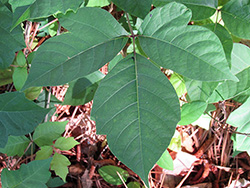
Photo courtesy of Bill Willis.
Both plants cause blister-like swellings and itching. About 85% of the population will have some adverse reaction to urushiol, the oil from the poisonous plants during their lifetime. If you develop a rash, it can be treated several ways. Don’t worry about pets, for they don’t react to the oil, but can spread the oil to humans. Oil residue can cause a reaction for up to five years if not completely cleaned up.
The best precaution and defense against these plants is recognizing and avoiding them. The old saying “Leaves of Three? Let It Be” is true for most individuals. Poison ivy and oaks can take many shapes, so don’t assume that all poisonous leaves will look the same. Their leaves are polymorphic, composed of three leaflets that could be smooth edged, indented, toothed, or highly lobed. Sometimes poison ivy may resemble the upright woody white oak sapling, while other times it can grow as a vine, rooting and spreading across the ground or up the side of a tree, fence, or structure. Poison oak is typically shrub-like but will also run across the ground. Look for the rounded leaflets and thicker, stiffer leaves.
Removing Poison Ivy and Oak
All parts of the plants can cause a rash including dead stems, fruit, and roots. Even burning the plant can expose your lungs to the oil and cause an allergic reaction – ouch!
Pulling up the vine can be difficult since the stem tends to break at each node. For better success, if you cut a root growing up the side of a tree, allow the vine to completely dry before pulling on it. You’ll have better success.
Plant Identification Quiz
See how many of the plants shown in the plant quiz (530KB) you can identify as poisonous. Check your answers here (576KB) .
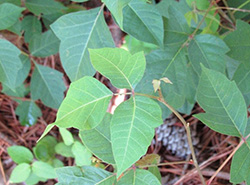
Photo courtesy of Bill Willis.
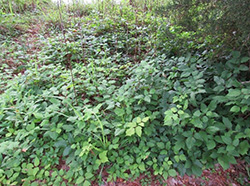
Photo courtesy of Bill Willis.
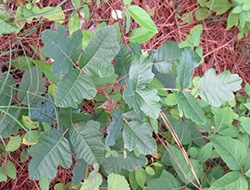
Photo courtesy of Bill Willis.
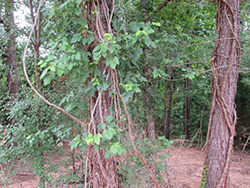
Photo courtesy of Bill Willis.
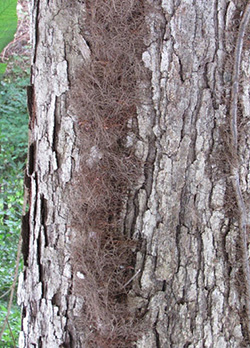
Photo courtesy of Bill Willis.
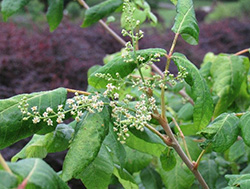
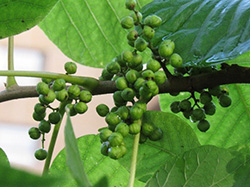
Photo courtesy of Bill Willis.



